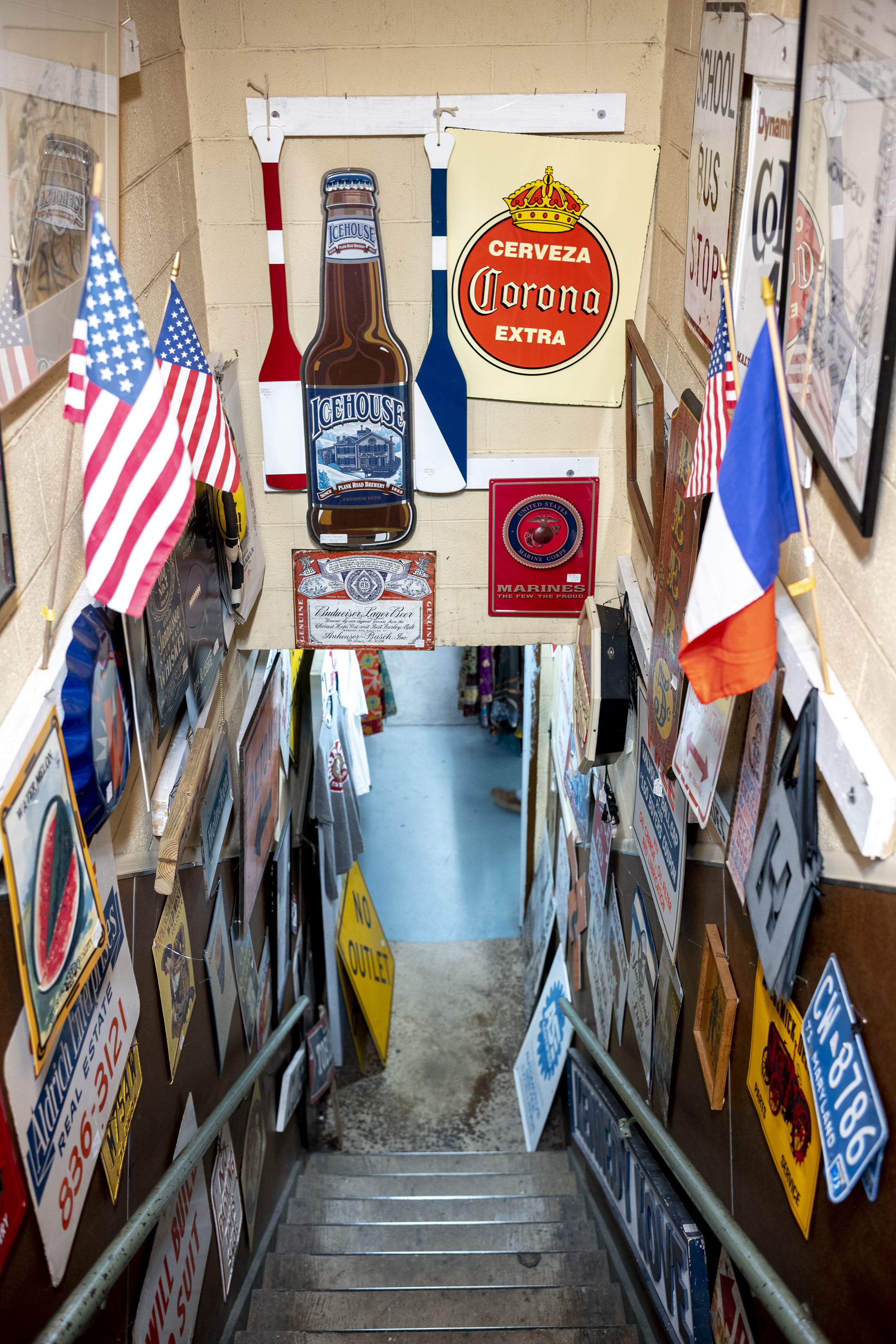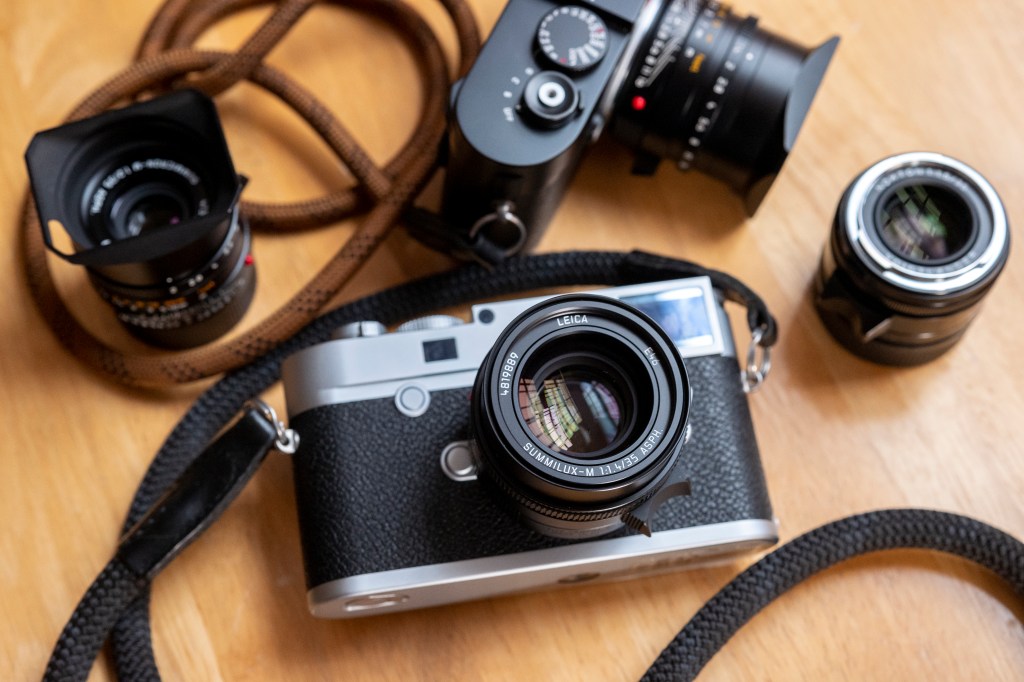The first version of the Leica 35mm Summilux ASPH FLE is arguably one of the most highly regarded lenses out there. Shooters and reviewers alike have long praised this lens since its release a little over a decade ago. Indeed, when I first used the original FLE I was blown away – it was one of those lenses I just had to have! Alas, there was one small problem: I’m more drawn to the 28mm focal length, and currently have a 28mm Summilux ASPH almost always mounted to my M10-P. I couldn’t possibly justify purchasing a 35mm Summilux ASPH FLE, too, could I? As it were, Leica released an updated version of the FLE in 2022, and my curiosity got the best of me. Also, our 14 year old cat Mr. X suddenly passed away on Christmas and I needed a distraction…. With that, I rented both versions of the FLE and decided to give them a whirl.
For this write-up, I also wanted to see how both versions of the FLE compared to a few other lenses. In the comparison section of this page, you will find the following lenses tested against each other:
- Leica 35mm Summilux ASPH FLE (I & II)
- Leica 35mm Summicron ASPH (11673 version)
- Voigtlander 35mm Nokton ASPH f/1.2 III
- Voigtlander 35mm ASPH f/1.5 II
- TTArtisan 35mm ASPH f/1.4

Compared to the original, the new 35mm Summilux ASPH FLE incorporates the following key changes:
- Hood: The new FLE has a pull out hood.
- Size: The new FLE is technically smaller. Realistically, however, it’s the same size when the hood isn’t being used. With the hood extended, it is a little shorter.
- Focus: The new FLE can focus to 0.40 meters, whereas the original version has an MFD of 0.70 meters.
Both versions share the same optical design.
Build, Size & Weight
The new FLE is constructed like every other Leica lens. It’s solid, beautifully engineered, and true to Leica standards. As a comparison, I would say it feels very similar to the 50mm Summilux ASPH; the finish, design and whole package just reminds me of how the 50mm Lux feels.
Ascetically, it has a cleaner design compared to the original FLE. I would describe the body as more symmetrical. Not saying the original FLE looked bad, rather just pointing out the different appearance.
Both the original and new FLE are essentially the same size and weight. Sure, on paper they are technically different by a small margin, but to my eye they’re nearly identical. Without their respective hoods, both are essentially the same size. With their hoods, the new FLE is touch bit shorter.
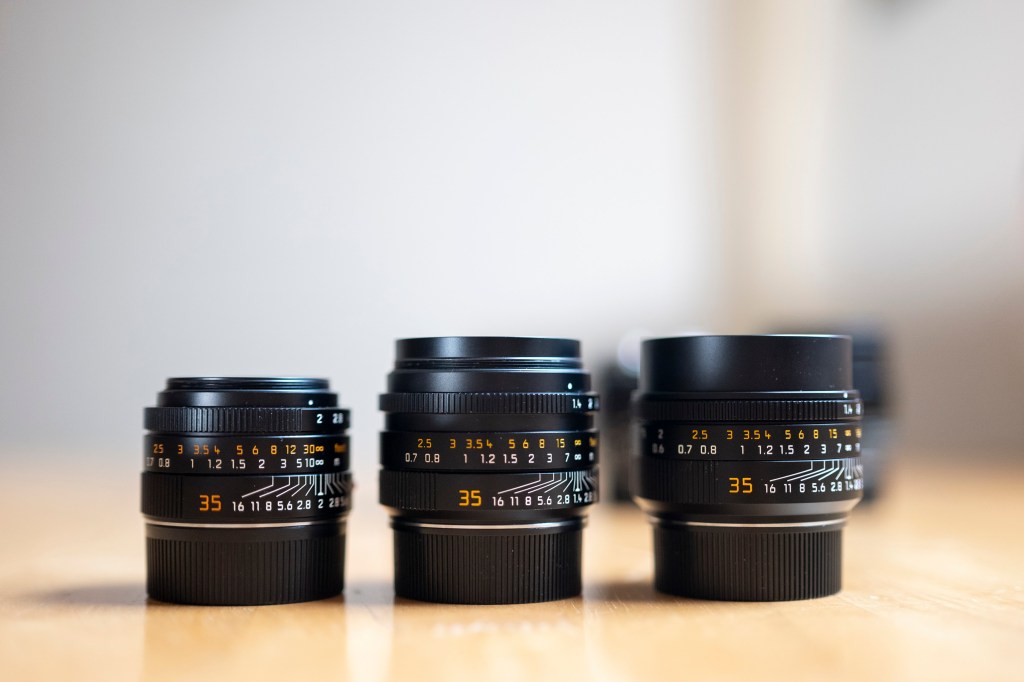
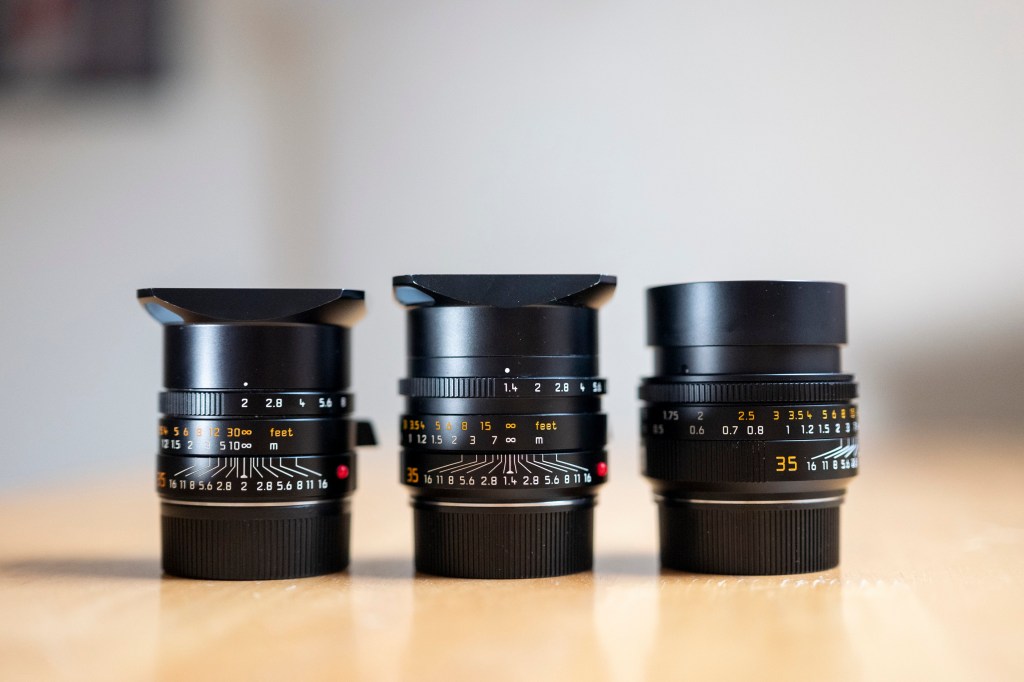

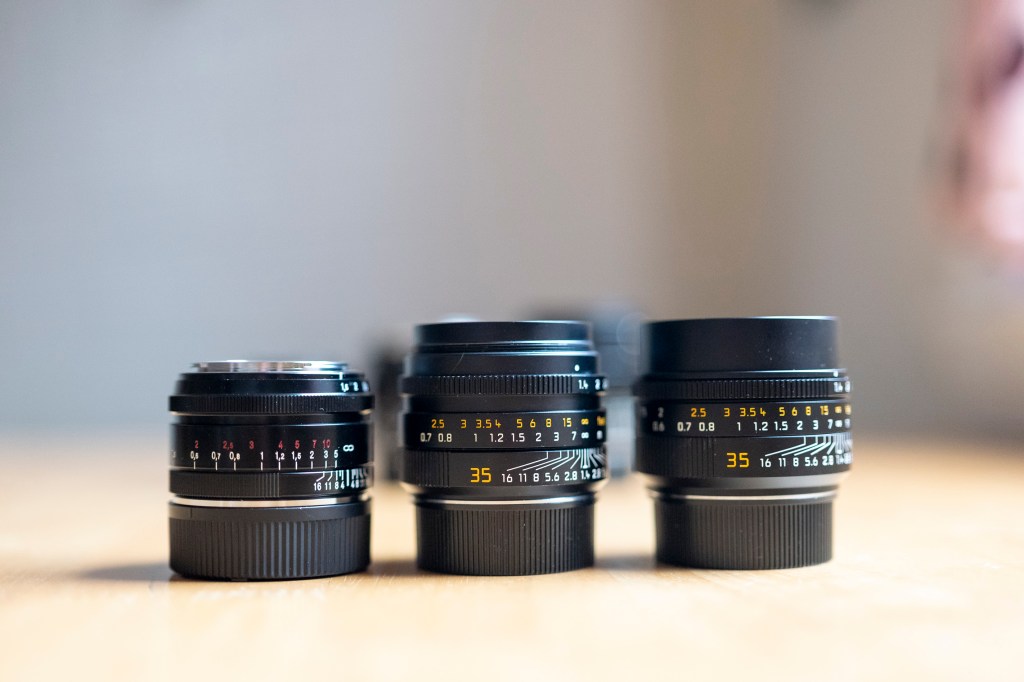
Handling
This lens handles beautifully. The sleek design combined with the built-in hood makes for an enjoyable shooting experience. I really loved the built-in hood – nice touch, Leica! The new FLE also has a focus tab, like the original. This lens looks beautiful mounted on any Leica M.

Close Focus
Perhaps the biggest change to the new FLE is the minimum focus distance (MFD) of 0.40 meters. Considering this is an M mount lens, that’s a rather big change! Like most modern M mount lenses, the original FLE has an MFD of 0.70 meters. This is a standard MFD for most modern M mount lenses out there. There are a few exceptions and ways around this, of course. Voigtlander has a few lenses with a shorter MFD, such as their 21mm f/1.4 ASPH (0.50 meters). Macro adapters and extension tubes also circumvent the standard 0.70 MFD found on most M lenses.


Anyway, back to why this is a fairly big change for the new FLE. The rangefinder focusing design found on modern Leica M cameras physically doesn’t allow for the focus patch to align on a subject under 0.70 meters. Sure, if a lens is capable of focusing closer there is nothing stopping it from doing so, but if the rangefinder patch can’t tell the user what’s in focus, then what’s the point? This is likely why 0.70 meters has been the standard for M mount lenses for decades – why make a lens with a shorter MFD if the user can’t focus? This logic seemingly made sense until the introduction of digital M bodies with live-view and EVF attachments. With live-view, one can take advantage of a shorter MFD and bypass the rangefinder focusing system.
I also wonder if Leica plans on releasing an M body in the future where the rangefinder focusing system can focus under 0.70 meters. I’m purely speculating here, but I would be a little surprised if Leica is releasing lenses with a shorter MFD only to be used with live-view. The rangefinder focus design is the bedrock of their M system, after all.
Leica has incorporated a few subtle design elements for the updated MFD. First, meters on the distance scale are orange for anything over 0.70 meters, and gray for anything under 0.70. Second, when turning the focus ring past the 0.70 mark there is a very slight “snag” as a tactile signal to the user (of course, the split image in the rangefinder patch will also stop moving, too).
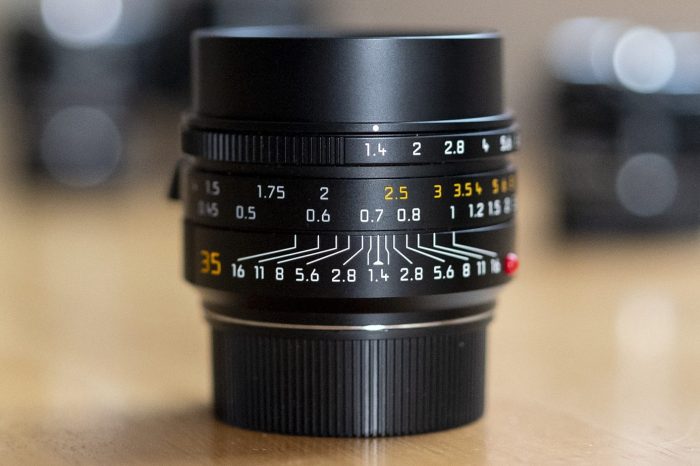
Viewfinder Blockage
Viewfinder blockage is minimal. Other 35mm lenses will have less viewfinder blockage, of course, such as older pre-ASPH versions, Summicrons, or select Voigtlander designs.


Lens Detection
Below is the difference between lens detection being turned “on” or “off” with my Leica M10-P. Turning on lens detection did help a little with vignetting. Also, I missed focus for this one….

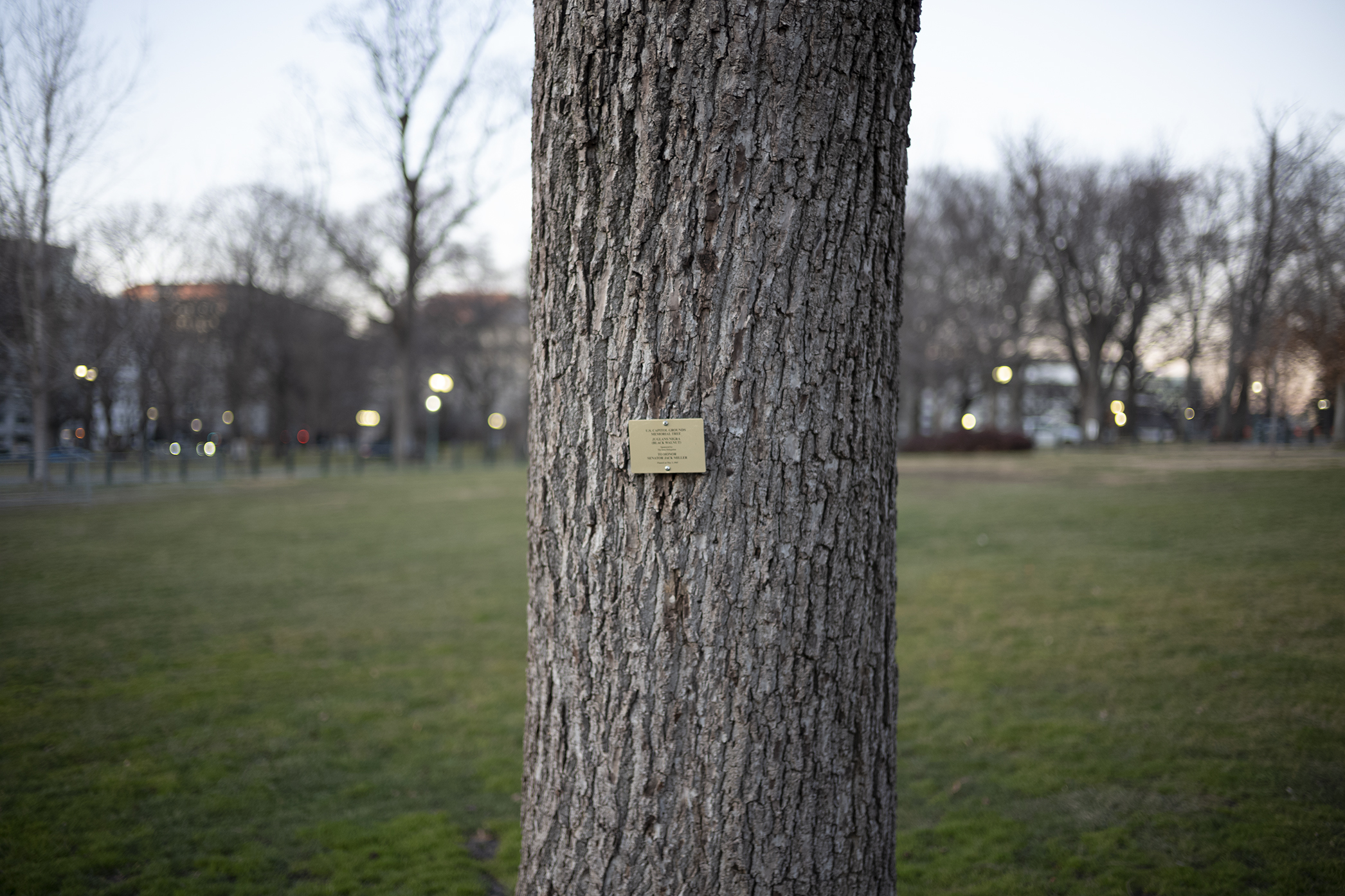
Image Quality
The image quality of the new FLE is phenomenal. Period. There isn’t anything else I can say that hasn’t been said before. The 35mm Summilux ASPH FLE design produces sharp images edge-to-edge, with great contrast & colors. At f/1.4, the images just pop like none other.
Both the FLE versions share the same optical formula, and when testing them I found zero IQ differences between the two versions. If you’re happy with the original, or are unsure of which version to purchase, I would say don’t let IQ be a deciding factor – they’re identical in my opinion. Either is arguably the best Leica M 35mm out there.
With that said, let’s look at some photos. For this write-up, I decided to compare the Leica 35mm Summilux ASPH FLE II against a few other contemporary 35mm lenses. Here’s what included in this round-up:
- Leica 35mm Summilux ASPH FLE (I & II)
- Leica 35mm Summicron ASPH (11673 version)
- Voigtlander 35mm f/1.2 Nokton ASPH III
- Voigtlander 35mm f/1.5 ASPH II
- TTArtisan 35mm f/1.4 ASPH

For the comparison photos that follow, I used a Leica M10-P with lens detection off, no lens hood, and camera white balance set to “Daylight.” These were shot raw/DNG and are straight-out-of-camera (converted to JPG, of course).
All full size photos can be found towards the bottom of this page.
To begin, let’s take a look at how the ASPH FLE II performs at f/1.4 compared to the other lenses (with the exception of the Summicron, where both lenses are at f/2.0). This group was focused using live-view.
Leica 35mm Summilux ASPH FLE II and Leica 35mm Summilux ASPH FLE I (at f/1.4)


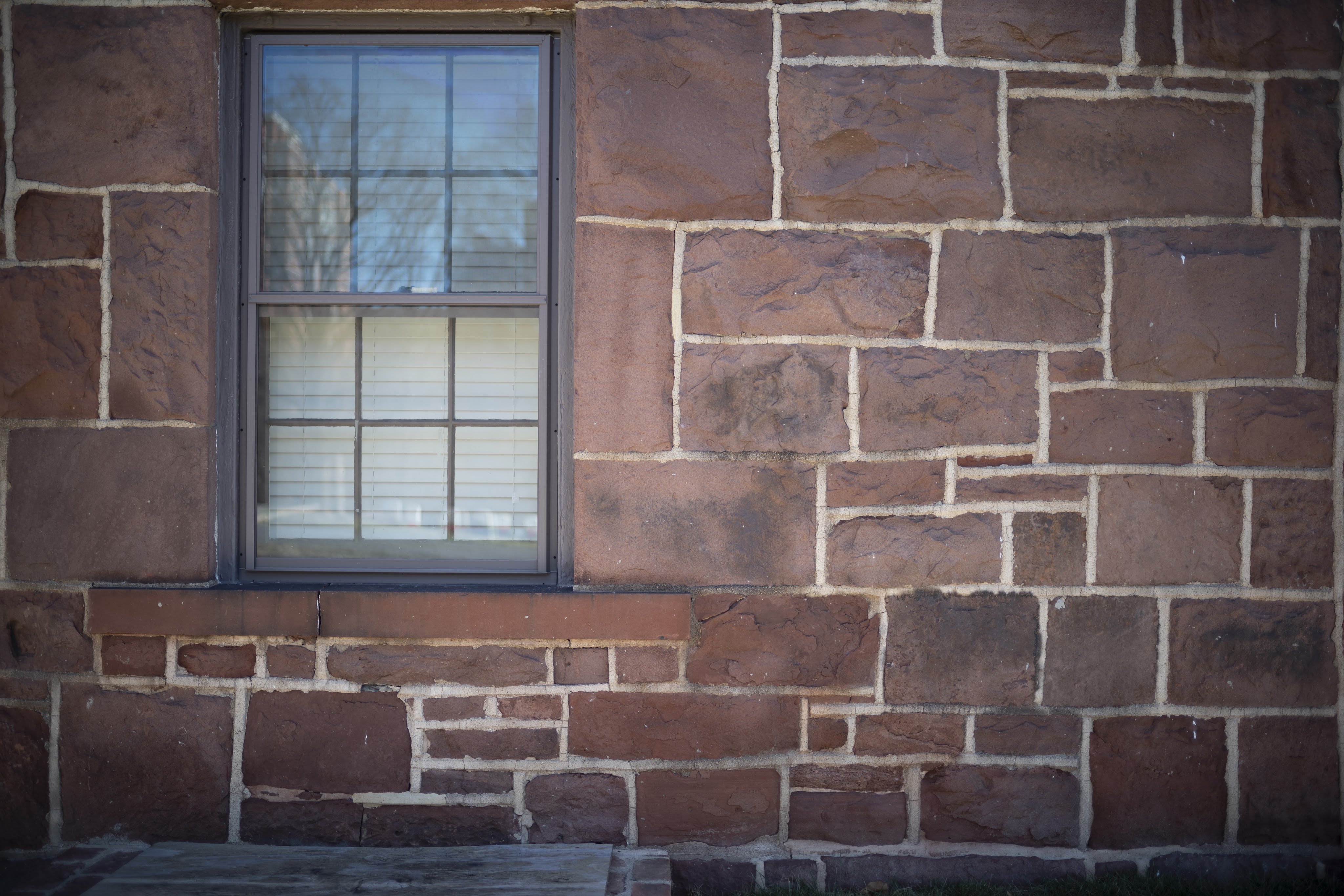

Leica 35mm Summilux ASPH FLE II and Voigtlander 35mm f/1.5 ASPH II (at their widest aperture)




Leica 35mm Summilux ASPH FLE II and Voigtlander 35mm f/1.2 Nokton ASPH III (at f/1.4)



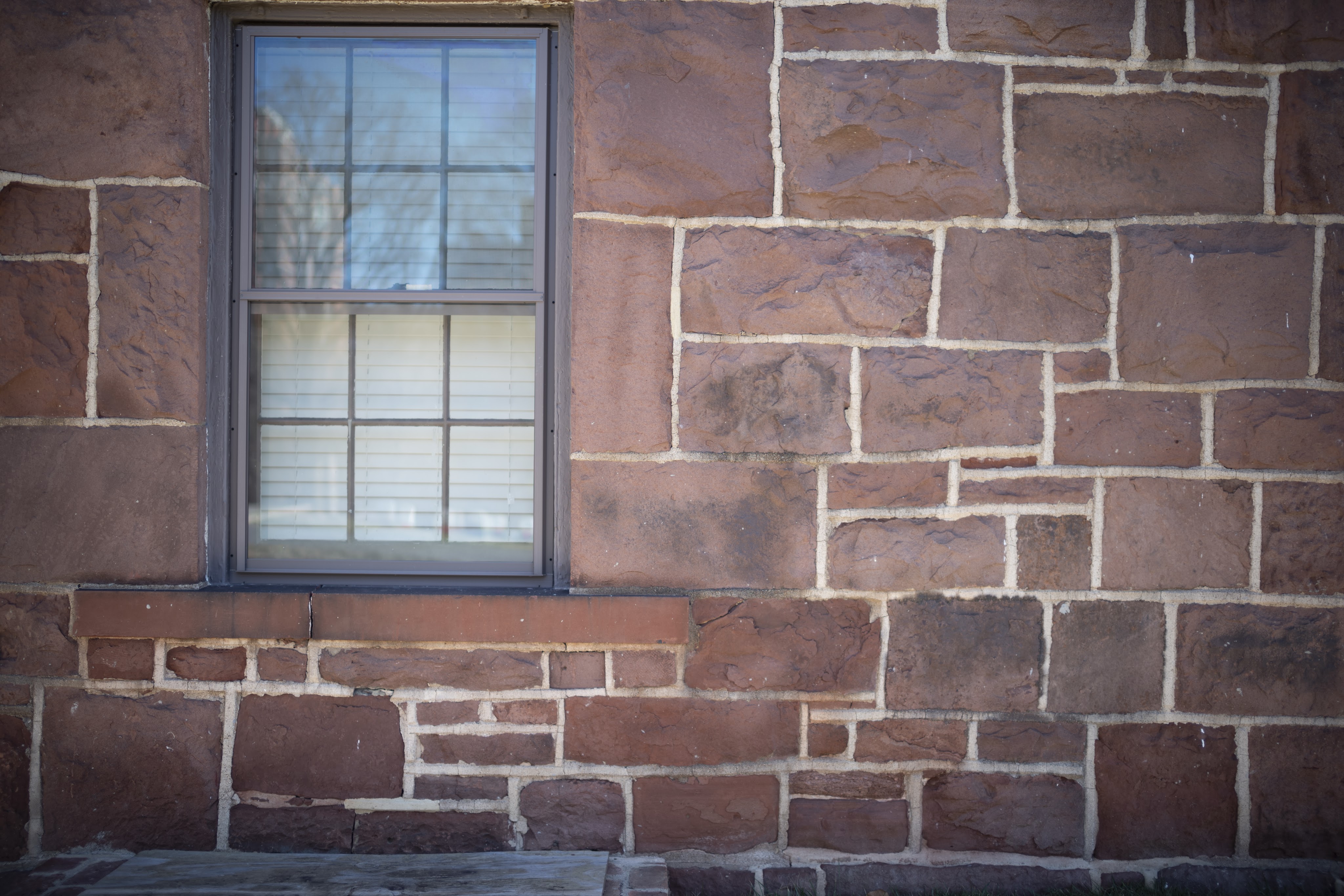
Leica 35mm Summilux ASPH FLE II and TTArtisan 35mm f/1.4 ASPH (at f/1.4)




Leica 35mm Summilux ASPH FLE II and Leica 35mm Summicron ASPH 11673 (at f/2.0)


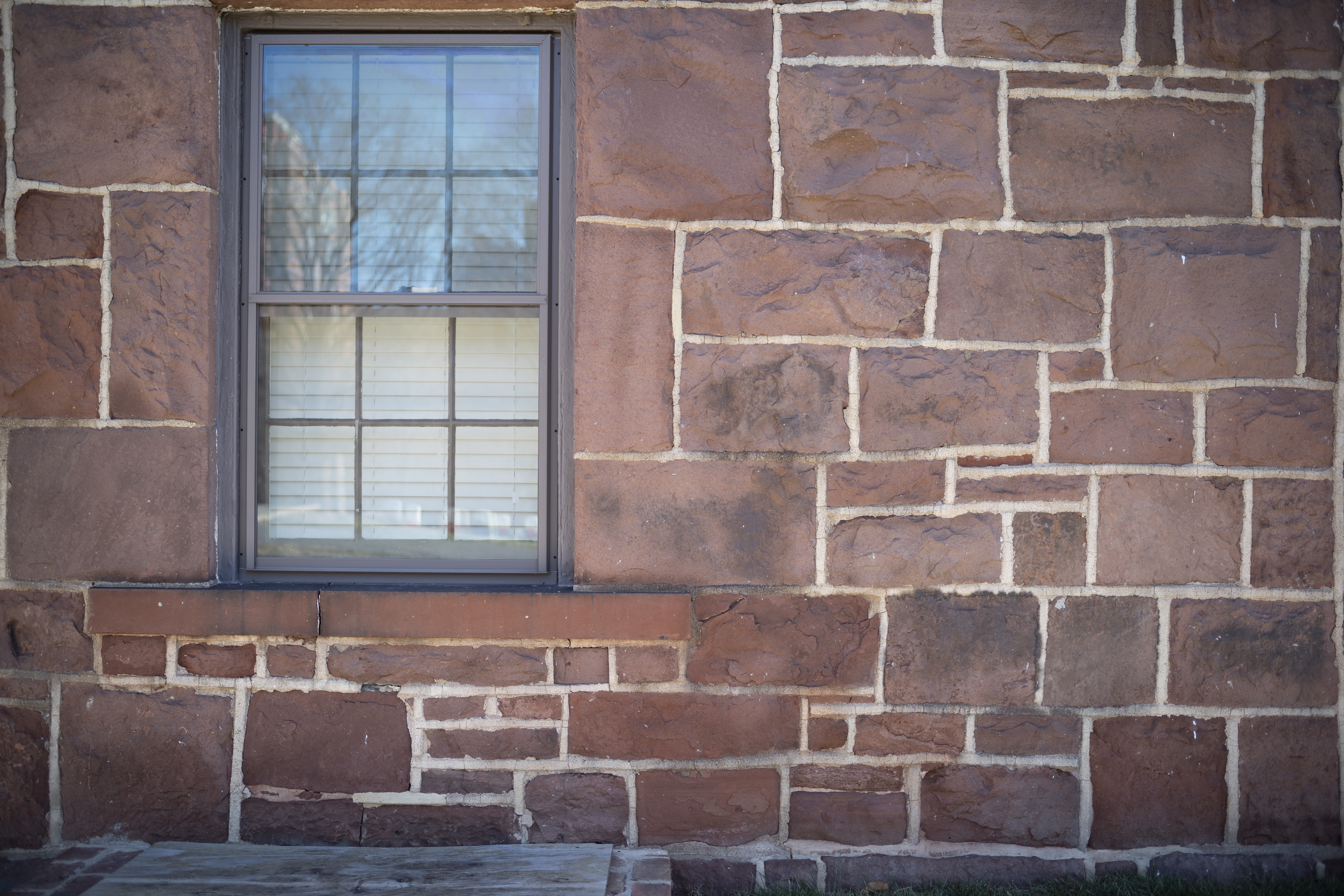

Next, let’s do a quick flare test shot at each lens’ widest aperture. No lens hood was used for these shots.
Wide Open Flare Test (2 meters, rangefinder focused)

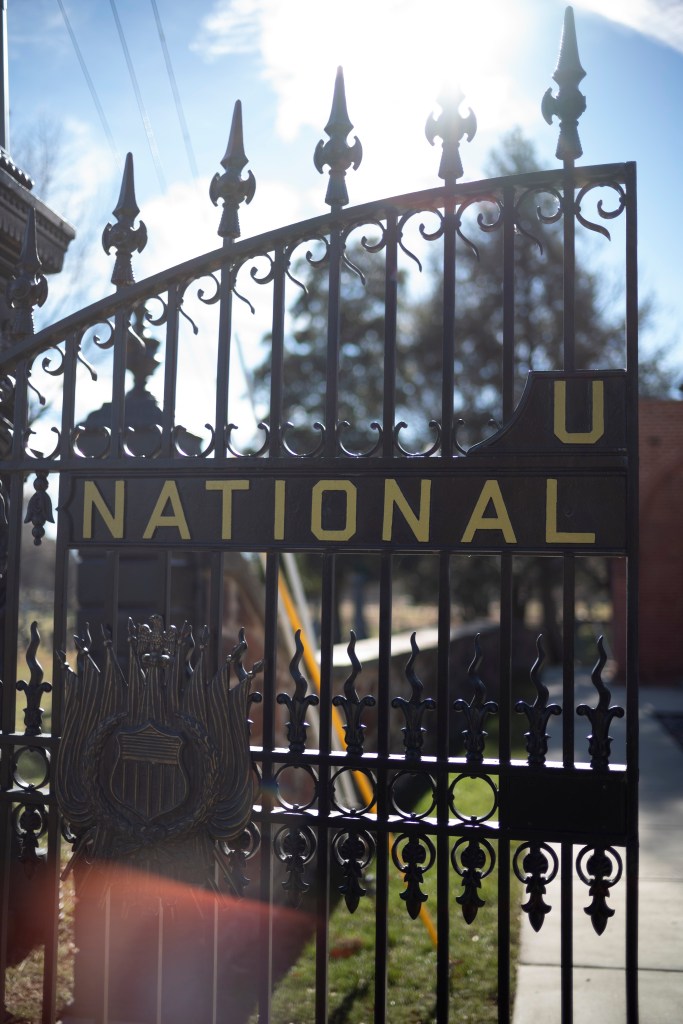




Continuing on…. let’s see how the bokeh looks at each lens’ widest aperture.
Wide Open Bokeh Test (2.5 meters, focused with live-view)






And to close with, let’s do an expanded test of aperture values f/1.4 to f/2.8 using the same scenes at the top of this comparison.
Generic Sharpess/Detail Test (3 meters, focused with live-view)
f/1.4





f/2






f/2.8






Pointless Brick Wall Test (6 meters, focused with live-view)
f/1.4
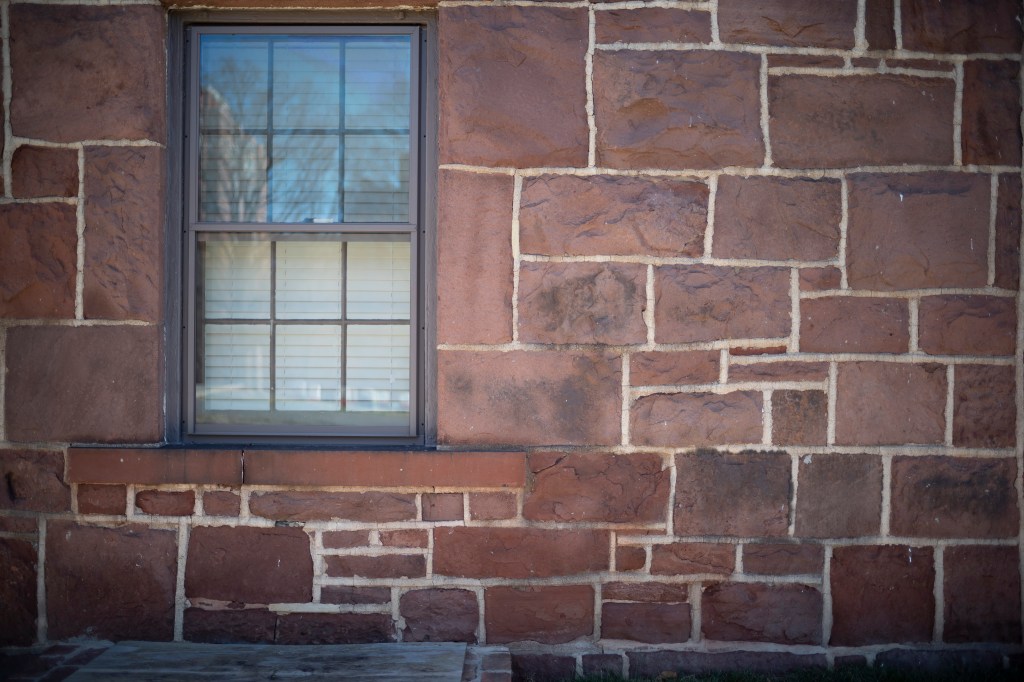

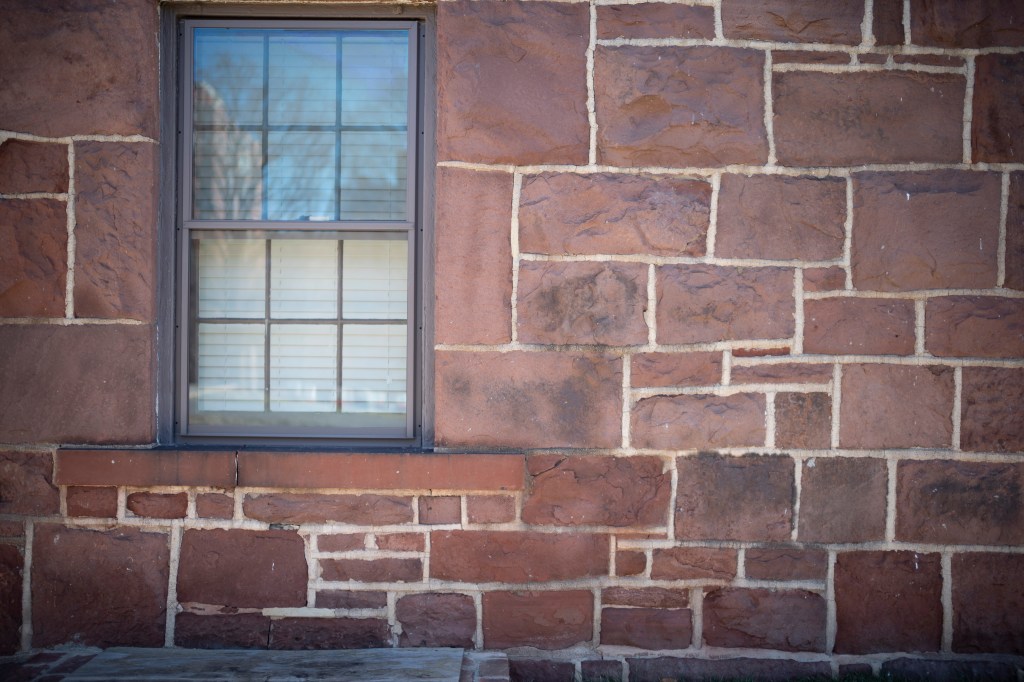


f/2.0

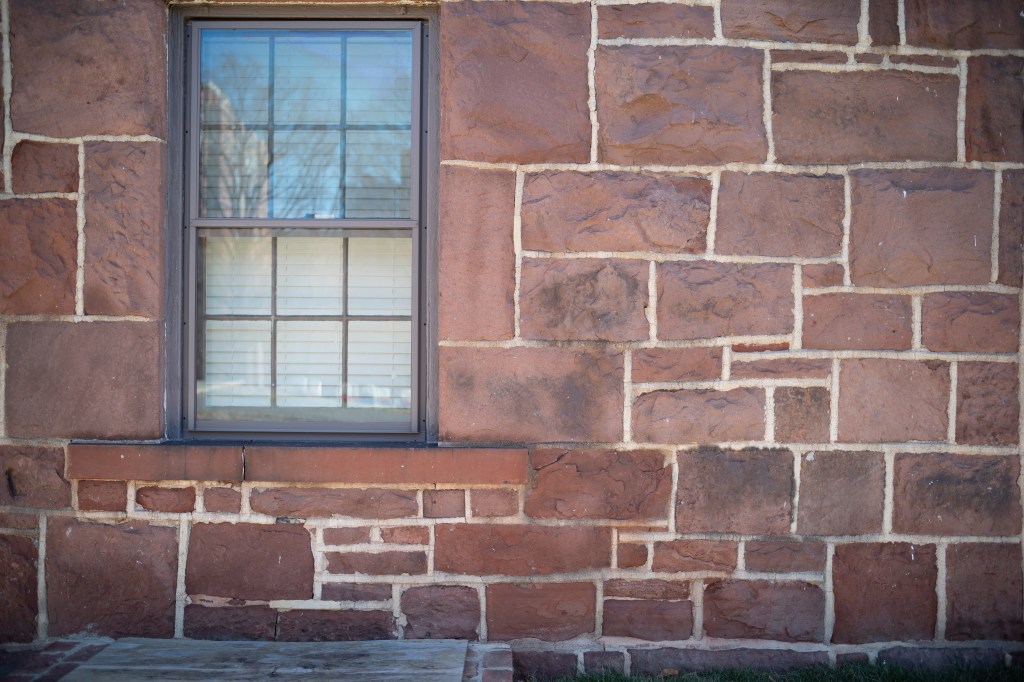
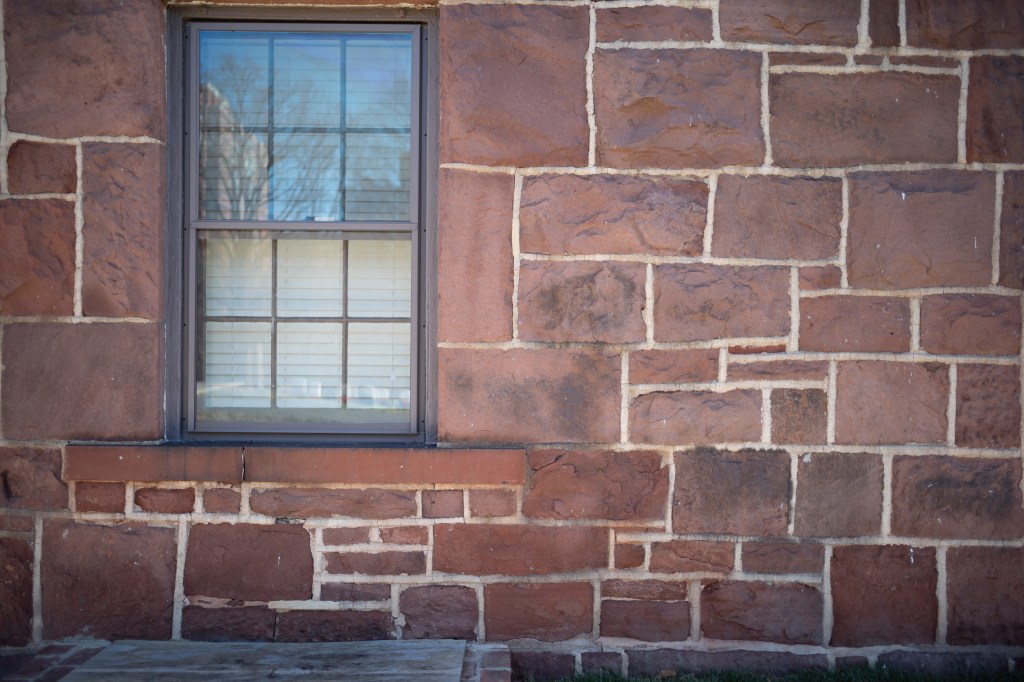

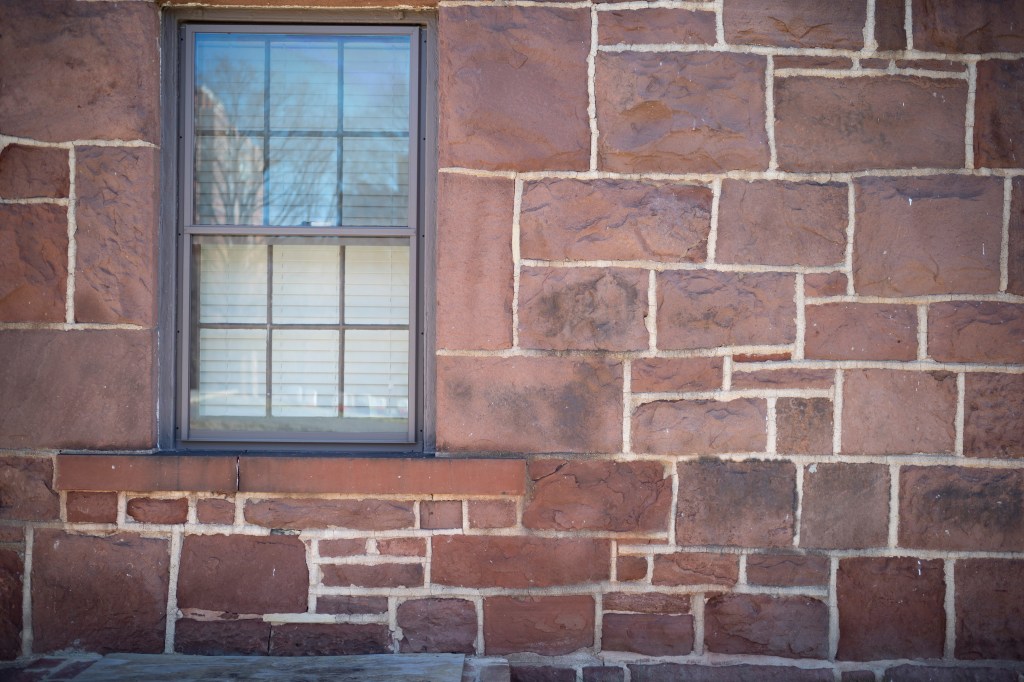
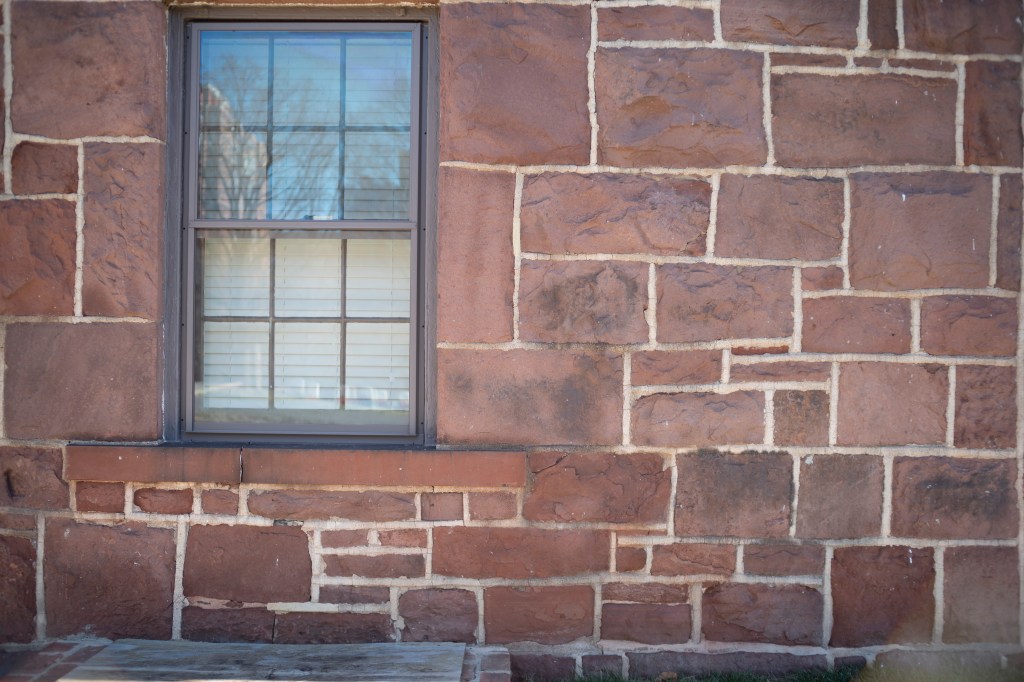
f/2.8
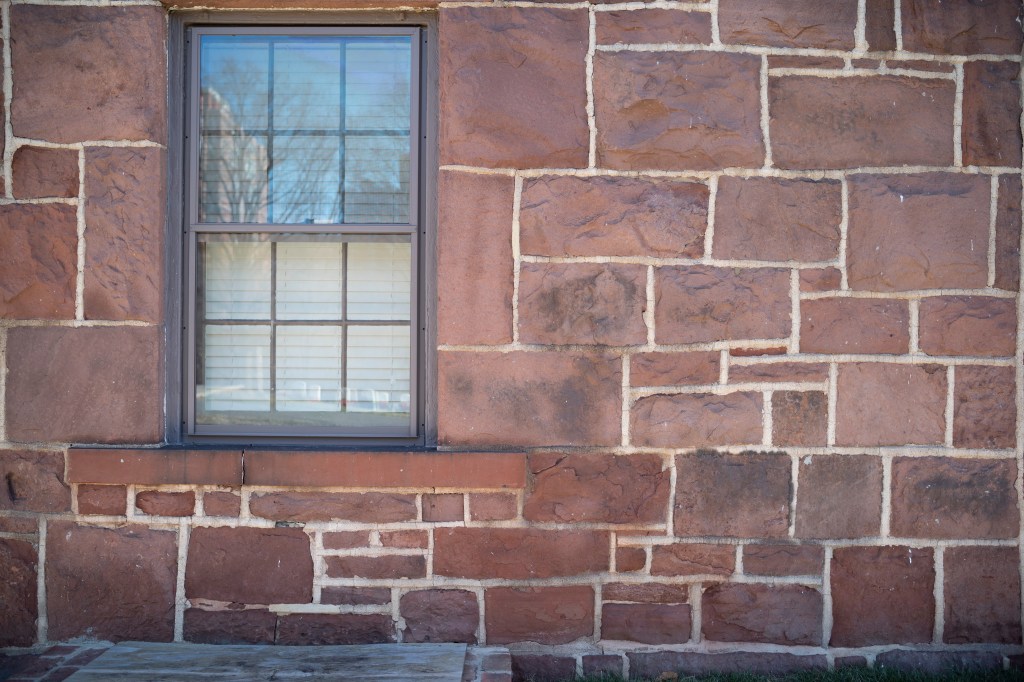



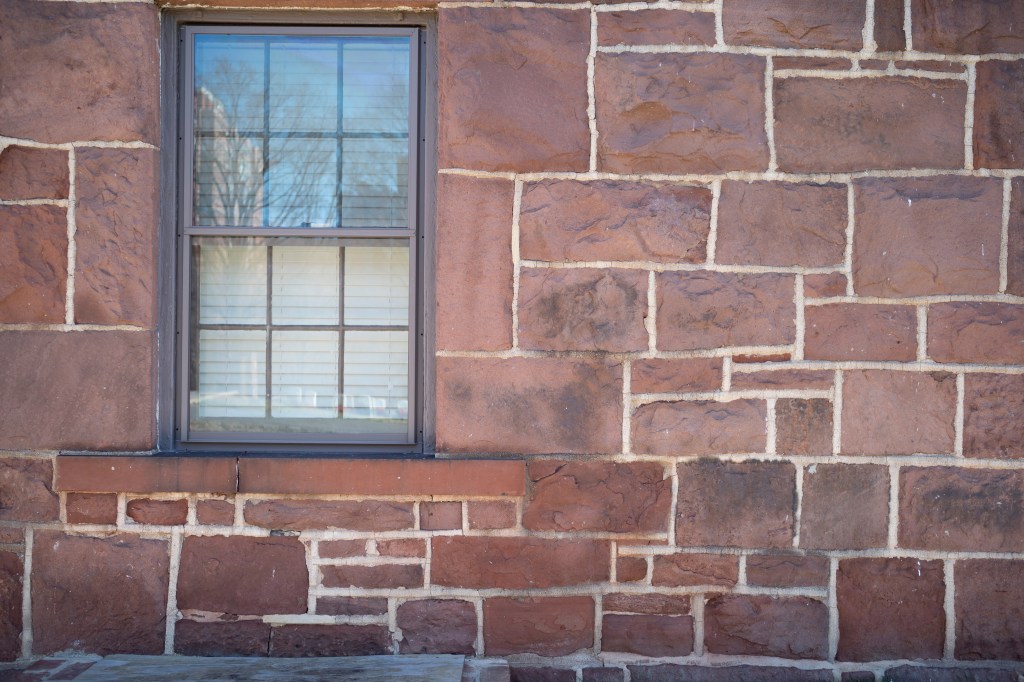
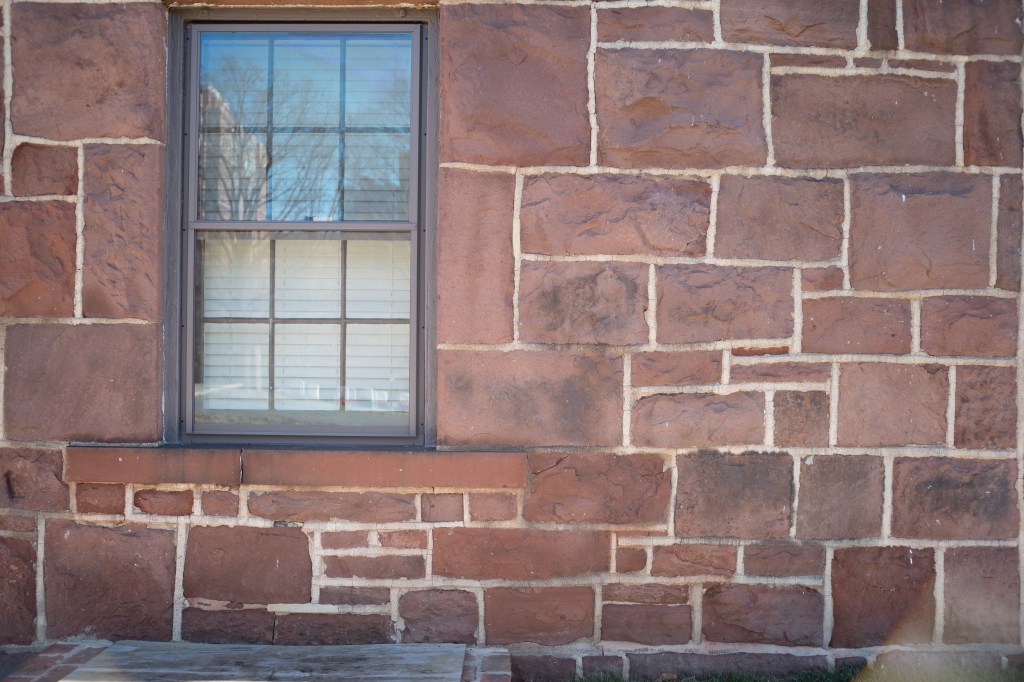
Image Quality Summary
I will let you draw your own conclusions based on the samples above, but my personal opinion can be summarized as follows:
- The original and new FLE are identical in terms of IQ performance.
- Compared to the other lenses, the FLE I/II has the lead in mid-center and corner sharpness at the aperture values tested (f/1.4 to f/2.8).
- Surprisingly, the Voigtlander 35mm f/1.2 Nokton ASPH III gives both versions of the FLE a run for their money. In fact, at f/1.4 I found immediate center sharpness of the Nokton III nearly equal to both FLE versions.
- Generally speaking, I found that the FLE I/II outperformed the Summicron ASPH at f/2.0 and f/2.8.
- Though not a bad lens, the Voigtlander 35mm f/1.5 ASPH II did not keep up with both versions of the FLE. To be fair, the Voigtlander f/1.5 produces some beautiful images, and is several thousand dollars cheaper. With that said, I found the FLE lenses to be clearly superior in terms of overall IQ.
- The TTArtisan 35mm f/1.4 ASPH performed very well in this group, perhaps even “better” than the Voigtlander 35mm f/1.5 ASPH II in some ways.
- It’s difficult to say which one handled the flare test best. They all exhibited some level of flaring; if anything, the Summicron ASPH handled this test the best.
- It’s safe to say the TTArtisan doesn’t handle shooting into the sun that well, as is evident by the loss of contrast.
A Word About the Voigtlander 35mm f/1.2 Nokton ASPH III
I was surprised by how well the Nokton III performed compared to the ASPH FLE II, and wanted to take a quick detour to talk about that…
At their widest apertures – f/1.2 for the Nokton and f/1.4 for the ASPH FLE II – technically the Leica performs a bit better (sharper in the center & corners, and less vignetting).

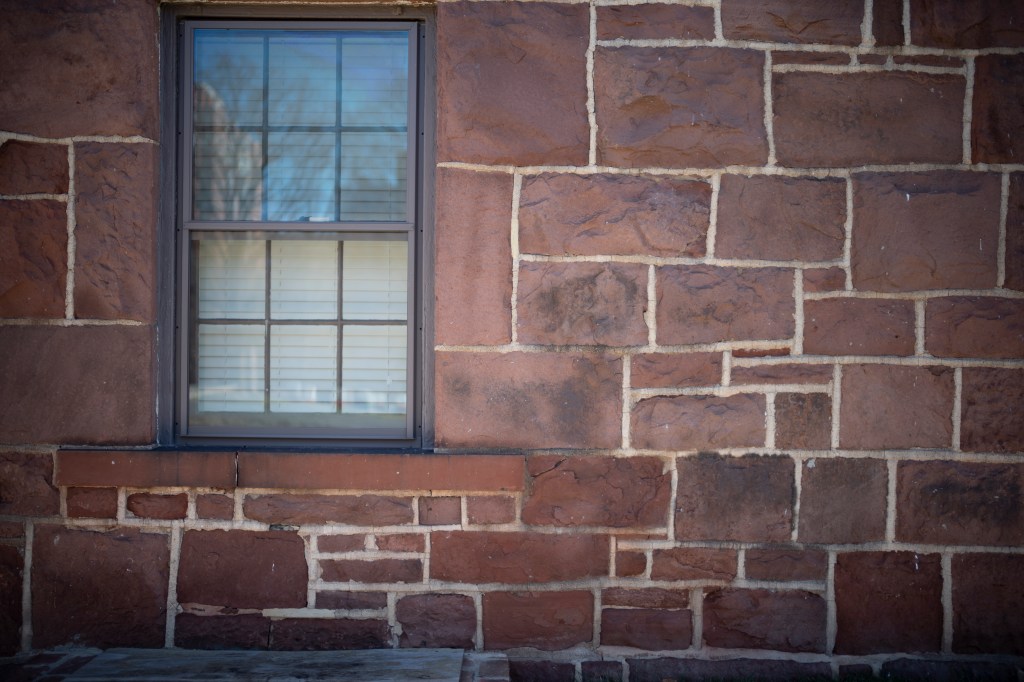


At f/1.4, however, the Nokton III begins to the match the ASPH FLE II in terms of immediate center sharpness and vignetting. With that said, the ASPH FLE II leads in overall frame sharpness at f/1.4, in my opinion.
Closing Thoughts
Like the original ASPH FLE, the Leica 35mm Summilux ASPH FLE II remains the best 35mm for the Leica M system in my opinion. Edge-to-edge sharpness, colors and contrast at f/1.4 results in unmatched & superb image quality.
It is small, compact and thoughtfully designed; it balances perfectly on my Leica M10-P, and handles great. Everything about it feels engineered with a purpose. While Leica lenses are much more expensive than their non-Leica alternatives, this is one of the things I love about them – they pair perfectly with any Leica M camera. Non-Leica lenses never quite feel or look right on a Leica M. I’m a firm believer in the saying that “if you’re going to buy a Leica camera, you need to put Leica glass in front of it.”
While the image quality is identical to the original ASPH FLE, the added built-in hood and closer MFD gives Leica users a compelling reasons to consider this lens.
Personally, my preference is the original Leica 35mm Summilux ASPH FLE I. While the built-in hood and new MFD of the new version are compelling features, they don’t really call to me. I only shoot with the rangefinder (no live-view), so the close MFD doesn’t do much for me. Plus, the original FLE can be found on the secondary market for substantially less.
While there are no true alternatives to either version of 35mm ASPH FLE, here are my thoughts on some possible options.
Voigtlander 35mm F/1.2 Nokton ASPH III
In terms of only image quality, this is probably the best budget alternative to either ASPH FLE lens. Brand new, the Nokton III is at least 1/3 the cost of a used 35mm ASPH FLE I. The Nokton III is sharp in the center and cleans up nicely as it’s stopped down from f/1.2. However, I don’t enjoy the handling of the Nokton III – it has a larger focus throw, no focus tab, and is slightly larger than either ASPH FLE. Plus, I don’t care for the ascetics of the Nokton III.
Zeiss 35mm f/1.4 ZM
I’ve only used this lens a couple of times, and recall being impressed by its image quality, though I haven’t compared it directly against any of the lenses discussed in this write-up. With that said, it is very sharp and I can confidently say the image quality is excellent (like all the Zeiss ZM lenses). It is a larger lens, unfortunately, and doesn’t balance as nicely as the ASPH FLE or Nokton III. I prefer the ascetics and build quality of the Zeiss over the Nokton III, however.
Leica 35mm Summicron ASPH (11673)
While the Summicron is a “slower” lens (f/2.0), it’s a compelling option for those who can’t quite afford a used/new copy of either version of the 35mm Summilux ASPH FLE. As I mentioned, if you’re going to buy a Leica camera you should put Leica glass in front of it, and the Summicron ASPH is a nice alternative to achieve that if the Summilux line is out of reach. The Summicron ASPH handles just as nice as either ASPH FLE, is even more compact, and produces sharp images with that signature “Leica Look.”
Voigtlander 35mm f/1.5 ASPH II
Voigtlander just released this lens, and I must say I was slightly let down when I tested it in this comparison. To be fair, it costs much less than either version of the ASPH FLE, so it would be naive to think it would be on the same level. However, Voigtlander has been putting some great lenses lately, so my expectations were high. At f/1.5, I personally found the vignetting and corner performance to be disappointing, along with the center sharpness. Maybe it was just my sample of the lens. With that said, the size and handling is impressive – it’s the same size as the Summicron ASPH and also has a focus tab. So, it’s not all bad I suppose…
TTArtisan 35mm f/1.4 ASPH
TTArtisan has been putting out some nice budget M lenses lately, and this is one of them. It’s not perfect by a long shot, but it’s not bad considering the price. What I like about this lens: all metal construction, the lens hood, focus tab, and smooth aperture/focus rings. What I don’t like: large size, terrible performance shooting towards light sources, low contrast wide-open in most shooting situations, and mediocre corner performance. It’s not a Leica, nor is even close by any standards, but it’s not bad considering the price.
Quick Disclaimer: Making these reviews/write-ups is a hobby, and my attempt of contributing something useful to the photographic community. All costs of securing the equipment I discuss comes out of my pocket. If you found this review/write-up useful, please consider making a donation via Buy Me a Coffee. As always, thank you for visiting and don’t forget to turn off your computer or smartphone and take some photos!
Samples
Sample images shot with the Leica 35mm Summilux ASPH FLE II (2022) and Leica M10-P:








